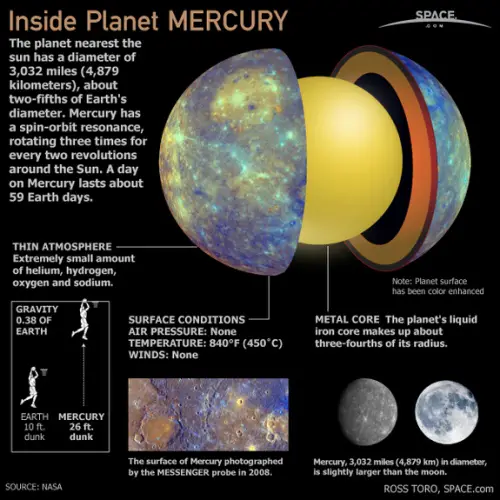
Moreover, there is a great necessity to develop novel analytics and numerical simulation tools to model their behavior beforehand. The ability to design and understand such disordered but potent systems is yet limited. Recent studies have shown a great potential of defected and disordered magnetic nanoparticles for intracellular and in-vivo MHT and MPI. This unique combination takes the advantage of the fact that these two techniques share a similar magnetism physics. The possibility of focusing the heat produced by nanoparticles by combing magnetic hyperthermia with magnetic particle imaging has recently opened fascinating theranostics opportunities. Magnetic hyperthermia has gained a particular attention in the past few years for the treatment of glioblastoma brain tumor, the most aggressive form of brain cancer.

Magnetic nanoparticles have tremendous scientific and technological potential in a broad range of biomedical applications, including magnetic hyperthermia-assisted cancer therapy (MHT), magnetic resonance and magnetic particle imaging (MPI), and magnetic actuation of macromolecules and biological processes.


 0 kommentar(er)
0 kommentar(er)
